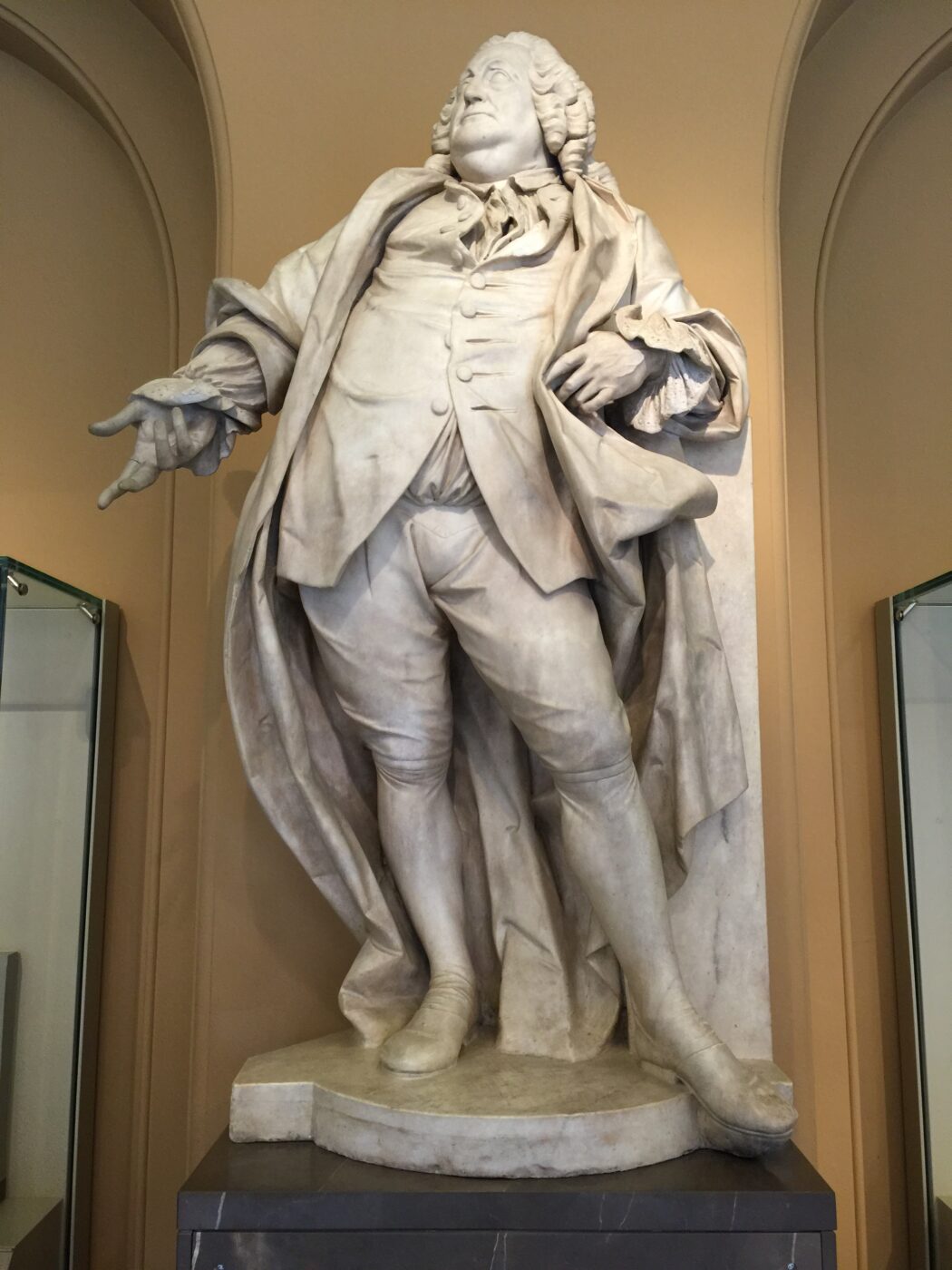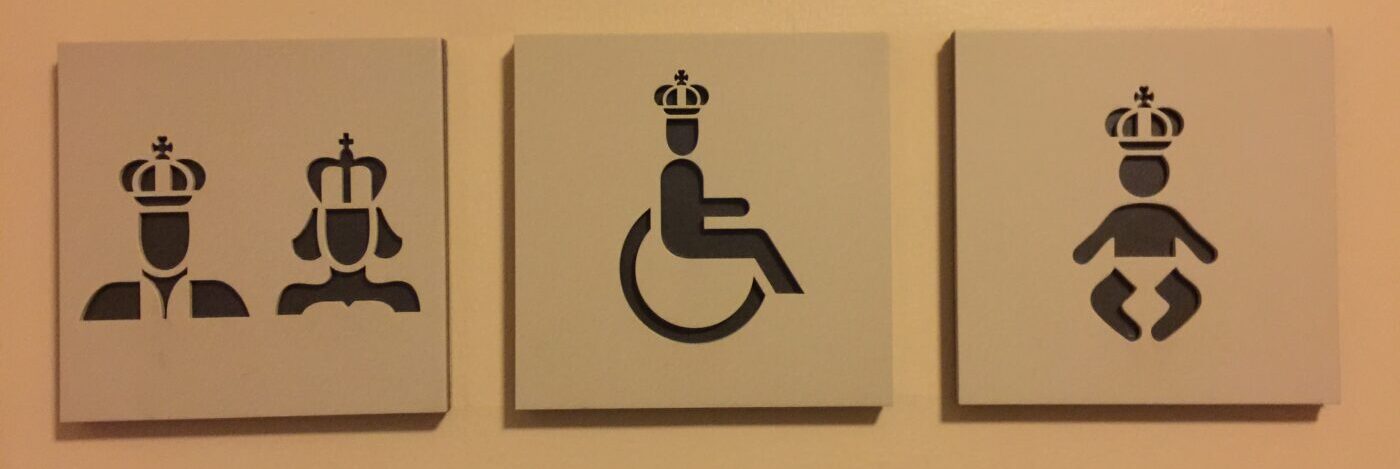Say “Merry Olde England” three times and who comes to mind? Chances are good, Charles Dickens was one of the top mentions. His several novels provide an eye-witness view of the England of the 19th Century. Many consider Great Expectations to be one of his best. Several decades after erasing all personal experience of reading this story in ninth grade English class, I decided to give the author and tale another go. I am very glad I did.

Why any responsible American educator would hand this novel to a 14 year-old is a tirade for another forum. It takes a prettydecent potpourri of life experience to comprehend half of what is going on in this story.
It was written in 1859-60, as installments in Dickens’ weekly literary magazine, “All the Year Round,” and published as a full novel in Fall, 1860. The author never mentions a date to orient the reader to a time period. However, literary sleuths who do this kind of thing for a living claim that the year is 1812. George III (above) was still on the throne. While none of his American misadventures are referenced, George was also responsible for the colonization of Australia with petty criminals, a fact that plays a small but significant role in the plot.
Prose bent on selling magazines needs to connect with the “mass market” and it has to inspire a need to buy the next installment. The characters have to be entertaining, yet recognizable. The settings should be familiar, to reduce the need to spend effort and page space describing locations. And, it needs to clip along. Dickens does all of this and throws in social commentary, amusing satire, a non-murder mystery, and a page-turning thriller, (at a 19th Century pace). Each of the 59 chapters makes you want to start the next one. Now, you know where Dan Brown picked up this device.

Aside from the convoluted plotlines and memorably distorted primary characters, Dickens also presents the warts and blemishes of British society. This is a rigid caste system where everyone knows his place and the constables are here to preserve the law and the class structure. Dickens has a caricature for each rung of the societal ladder: lowlife criminal, manual-laboring blacksmith, petty shopkeeper, cold-blooded lawyer, and eccentric wealth. This is the author’s portrait of the England of his time.
Because we are not contemporaries to the time or culture of the story, this is a valuable aspect of the book. Though exaggerated for effect, this tale is a sketch of 19th Century English culture that can still be observed in 21st Century Britain. You see the precursors to Downton Abbey in these pages, as well as Monty Python. British society has always stressed class structure. Dickens spotlights its artificiality and takes it to task.
For the sake of the story, Dickens crossbreeds the character-types to create confusion, conflict, and tension. Ultimately, Dickens is constructing an emotional rollercoaster for the characters and the reader. Almost every role has its happy, sad, silly, uncomfortable, and societally correct moments. Aside from the lawyer, everyone inspires some sympathy and empathy as they struggle through their challenges.
I am glad I picked up Great Expectations again. It’s probably time to pick up a couple of the other Dickens favorites. You should, too. You will understand England the better for it.
Bon Voyage!
Cruisereader.com









